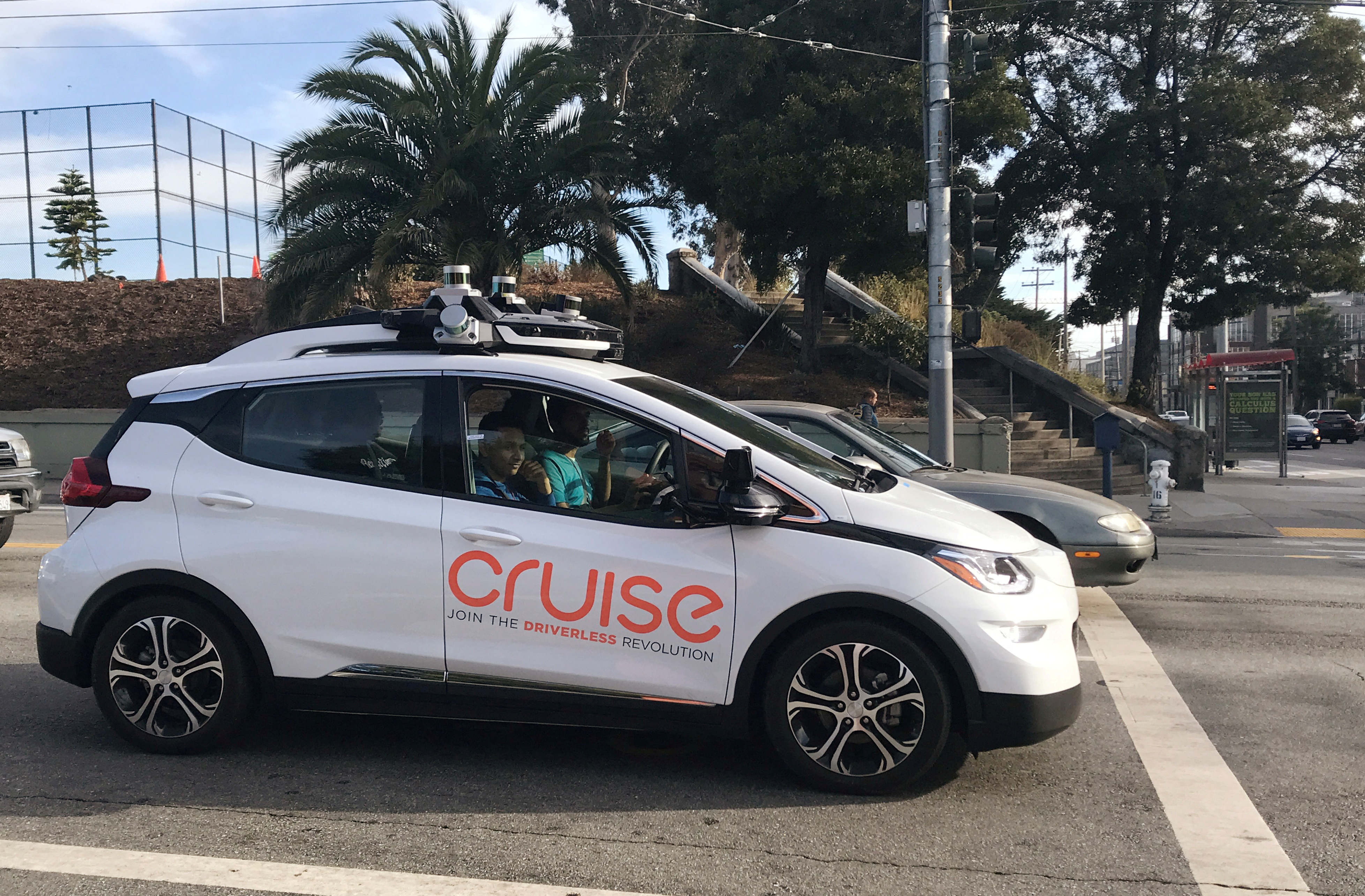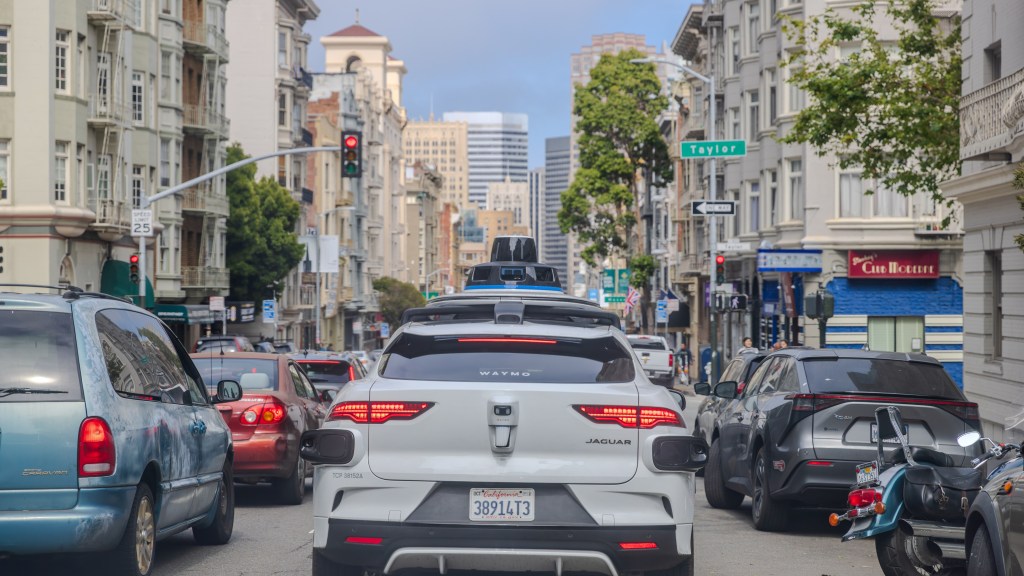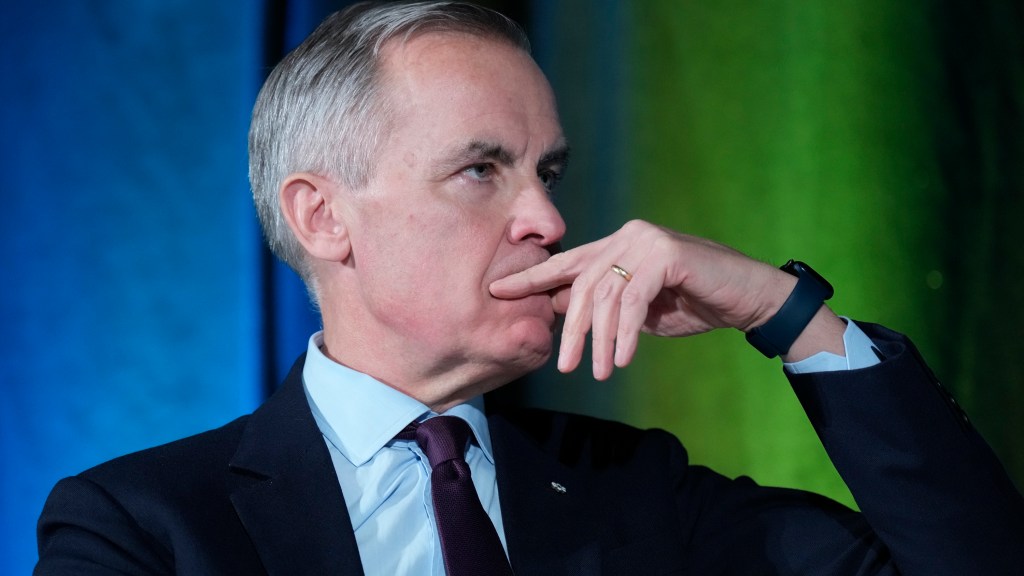Waymo’s Self-Driving Jaguars Surpass General Motors’ Robotaxi Ambitions
Recently, if you’ve driven through San Francisco, you may have noticed something unusual: an electric Jaguar I-Pace pulling up alongside you at a stoplight — but it’s not the advanced cameras, radars, or laser sensors that catch your eye. It’s the fact that there is no driver behind the wheel.
Waymo, the autonomous vehicle division of Alphabet, launched a round-the-clock robotaxi service in San Francisco in June. Their driverless Jaguars are now a common sight, smoothly navigating the waterfront and the city’s steep hills while efficiently picking up and dropping off passengers.
The fleet, consisting of around 300 I-Paces, is executing over 10,000 rides each week with minimal issues. When compared to human drivers in the same area, Waymo’s vehicles have reported 73% fewer injury-related incidents.
This successful integration has motivated Waymo to accelerate its expansion plans, challenging the perception that such technology is still many years away.
Recently, Waymo announced a collaboration with Uber to provide driverless rides in Atlanta and Austin starting early next year. This partnership follows an expansion in Los Angeles and a substantial financing round in October, totaling $6.5 billion, supported by investment firms including Andreessen Horowitz and Fidelity.
Waymo’s remarkable transformation from a speculative project into a reliable service that manages 50,000 rides weekly in major U.S. cities adds complexity to General Motors’ recent decision to exit the robotaxi market after investing over $10 billion and nearly a decade in development. Kyle Vogt, the founder of GM’s now-closed subsidiary Cruise, expressed disappointment in the decision, criticizing the company for abandoning a venture that was once valued at $30 billion.

Oliver Cameron, a former product chief at Cruise, labeled GM’s choice as “egregiously bad,” claiming it eroded $30 billion worth of potential value.
The contrasting paths taken by Alphabet and GM prompt questions about who is navigating the landscape correctly. William Riggs, who leads the autonomous vehicles and cities initiative at the University of San Francisco, remarked on the challenges involved in developing self-driving technology, but emphasized the potential lucrative benefits of replacing human drivers, who may be distracted or fatigued. He noted that achieving market scale could lead to significant profits.
However, the journey to that point is both lengthy and costly. In this venture, Jaguar, which agreed to sell up to 20,000 vehicles to Waymo in 2018, has been utilized as a testing ground.
Each Jaguar is outfitted with an array of technologies, including nine cameras, six radars suited for adverse weather, and five lidars that create 3D views of the environment. A wiring harness connects these systems, with information processed by specialized graphics processing units (GPUs) that underpin the AI required for efficient decision-making during travel.
Estimates suggest the hardware costs alone — encompassing backup processors and navigation GPS modules — approach $100,000, not counting the vehicle’s base price or the proprietary software necessary for operational integration. Riggs mentions that maintaining a total cost for a robotaxi under $200,000 is challenging.
It is believed that since its establishment in 2009, Alphabet and its collaborators have invested $25 billion into Waymo, while GM reportedly dedicated at least $10 billion to Cruise. Managing such high losses is relatively easier for Alphabet, a highly profitable organization, compared to GM, a traditional automaker encumbered by manufacturing costs and legacy obligations.

Interestingly, GM’s retreat could open new possibilities for Alphabet in a burgeoning market. Tekedra Mawakana, the CEO of Waymo, expressed her ambition to license the company’s AI-based “driver” technology to global automakers.
Mawakana emphasized that “we’re building a driver, not a car,” noting that every mile completed by Waymo’s technology contributes to learning and operational efficiency. She pointed out, “We drive more in a week than a human drives in a lifetime.”
Nonetheless, selling the Waymo “driver” presents challenges, especially since it requires thorough mapping of any new area before operations can commence.
Looking ahead, the fate of Jaguar is uncertain, especially with the I-Pace set to cease production this month due to poor sales. Last year’s decision to discontinue the model has coincided with Waymo’s recent partnerships with Hyundai, known for its electric Ioniq 5, and Geely’s Zeekr, aiming to integrate next-generation self-driving technology at potentially lower costs. Waymo’s upcoming “driver” will utilize fewer cameras and lidars than its predecessors.
As of now, Jaguar has not commented on whether it intends to maintain its partnership with Waymo.




Post Comment